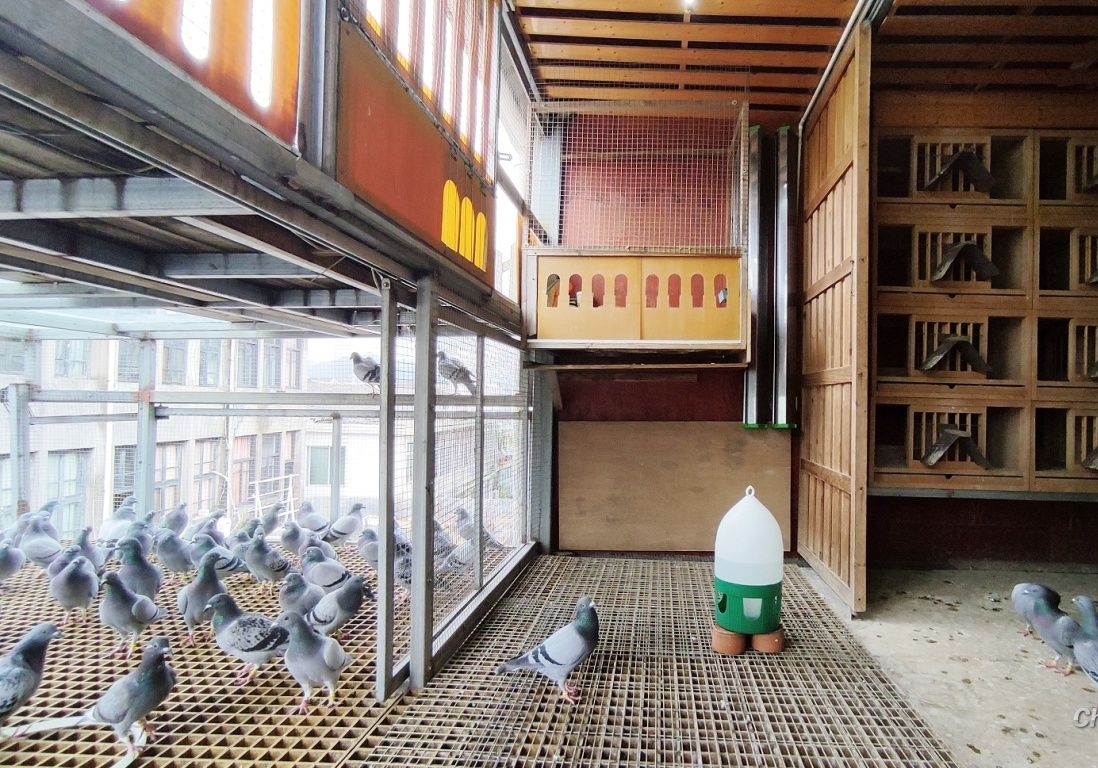据美国疾病防控中心估计,每年大约有940万的美国人因食用受污染的食物而生病。沙门氏菌是导致食物污染的主要元凶,每年有100万人因沙门氏菌而生病,其中超过19000人住院,超过370人死亡。每年因沙门氏菌造成的经济损失高达365万美元,这其中包括医药和治疗费用。
为了控制沙门氏菌的散播,美国食品与药品监督局要求大型家禽和蛋类生产农场从2010年7月10日开始对其家禽和蛋类产品进行检测,并规定一些小型的家禽生产农场须于2012年9月前对其家禽实施检测。
美国宾夕法尼亚大学兽医学院的微生物学家Shelley Rankin提出,传统的沙门氏菌检测方式虽然非常有效,但是需要十天后才能知道检测结果,那就意味着知道检测结果的时候,被污染产品或许已经流入市场,危害到了消费者的健康。
现在这项最新的检测技术,既可以检测家禽体内沙门氏菌的携带情况,还可以对其饲养环境进行检测。更重要的是,可以在48小时内知道检测结果,大大降低了人类感染沙门氏菌的危险性。Rankin进一步解释道,检测家禽粪便是检测饲养环境的一个重要组成部分(因为沙门氏菌会存在于禽类粪便中),如果检测结果为阳性,那这批鸡蛋也要接受检查,如果检查结果仍是阳性,将使用巴氏灭菌法进行消毒,直到鸡蛋可以安全食用。
笔者认为:改技术的问世,不仅对人类健康和公共卫生带来巨大的帮助,相信在不久的将来,也会逐步运用到赛鸽疾病诊断和检测中。这对临床及时检测沙门氏菌在赛鸽体内的数量,和致病性沙门氏菌在肠道、粪便中的及早诊断,提供了广阔的研究空间。
On farm test to early detect Salmonella
The US Centers for Disease Control and Prevention estimates, each year, about 9.4 million people get sick from contaminated food. A new test may detect Salmonella infection in an early stage, allowing prompt action.
The USDA reports the leading cause of bacterial-related food illness in the U.S. is salmonella. About one million Americans get sick from salmonella annually, more than 19,000 are hospitalized and more than 370 people die. The annual cost of medical treatment for salmonella-related food illness is $365 million.
The CDC estimates that eggs and poultry account for nearly half (47 percent) of all foods associated with salmonella outbreaks. Salmonella bacteria in the housing environment can contaminate the outer shell of the eggs or get inside through pores in the egg’s shell. More importantly, chickens can carry the bacteria in their digestive tract.
To reduce the risk for widespread infections, the Food and Drug Administration now requires egg producers with 50,000 or more birds to test the eggs and animal environment for salmonella contamination. These regulations took effect on July 10, 2010. Producers of smaller flocks will be required to adhere to the guidelines by July 9, 2012.
Shelley Rankin, microbiologist with the University of Pennsylvania School of Veterinary Medicine in Kennett Square, PA says the traditional test for salmonella bacteria in poultry houses and eggs is very effective, but takes about 10 days to get results. By that time, if the tests have come back positive for salmonella, the eggs have typically reached consumers. Producers must then issue a recall.
A new test, called the TaqMan detection kit, can be used to test both the hen house environment and egg. More importantly, the results are available within 48 hours. The hope is, with the faster turn around time, contaminated eggs can be kept out of the food supply, greatly reducing the risk for illness among consumers.
Rankin explains the environmental part of the test involves dragging a prepared gauze pad through the animal manure (because the bacteria will be excreted in the bird feces). If the manure tests positive for the bacteria, the eggs are also tested. That requires taking a sampling of at least 20 disinfected eggs, cracking the shells, mixing the contents to break the yolks and testing the solution. If salmonella is found in the eggs, they are sent to a pasteurization plant. That process heats the eggs and kills the bacteria, making the eggs safe to eat.











